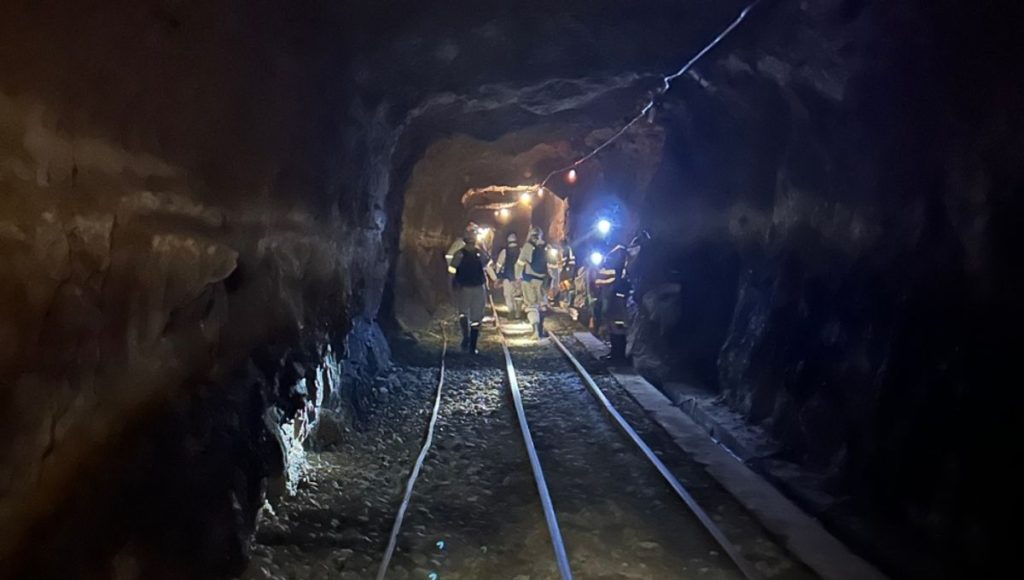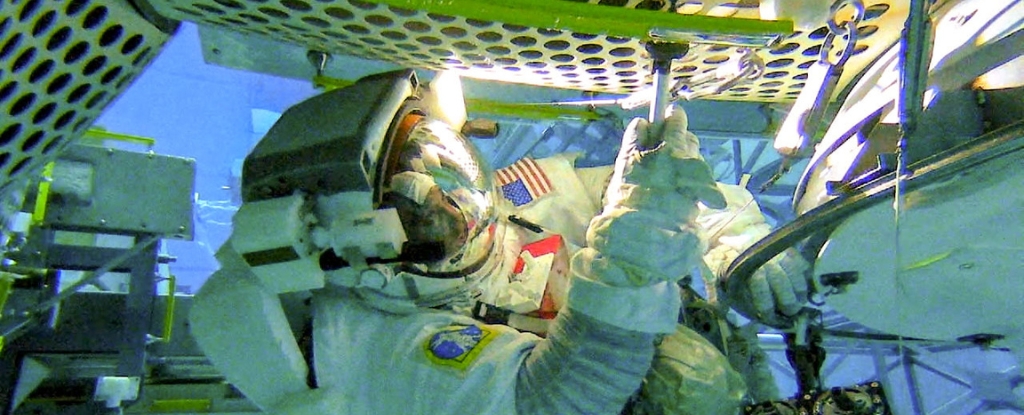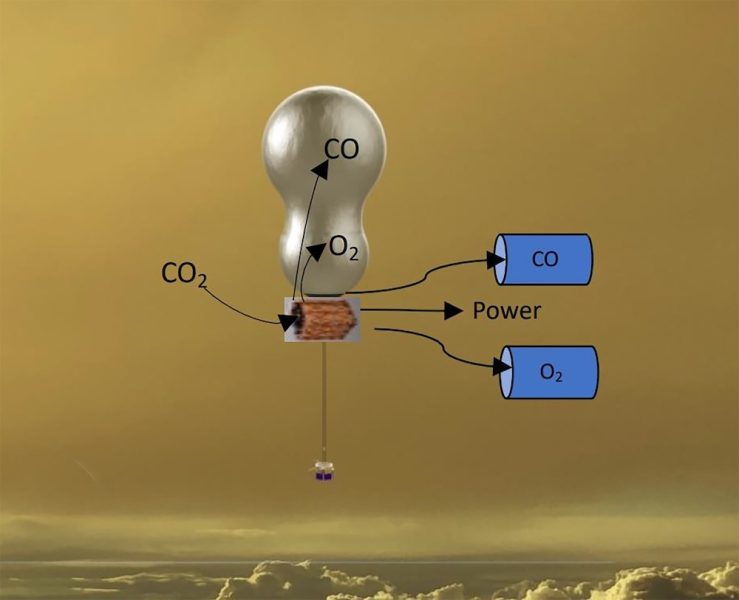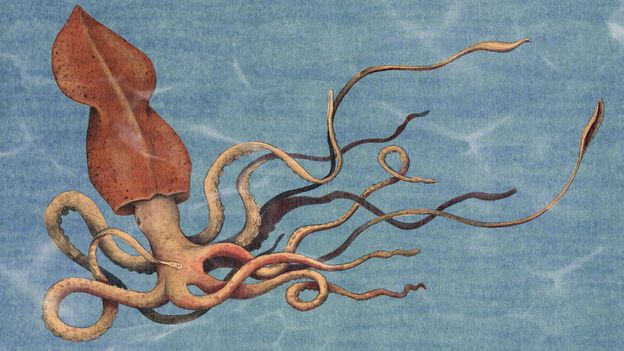Miles Below Earth’s Surface, A Diverse Array Of Underground Life Thrives – IFLScience

CLOSEWe have emailed you a PDF version of the article you requested.Please check your spam or junk folder You can also addnewsletters@iflscience.comto your safe senders list to ensure you never miss a message from us.CLOSEComplete the form below to listen to the audio version of this articleListenCancel and go backIFLScience needs the contact information you provide to us to contact you about our products and services. You may unsubscribe from these communications at any time.For information on how to unsubscribe, as well as our privacy practices and commitment to protecting your privacy, check out ourPrivacy PolicyAdvertisement GO AD FREE!ACCOUNTSIGN INSIGN OUTSearchBecome anIFLScience memberMY ACCOUNTTHE VAULTMY ACCOUNTTHE VAULTMAGAZINESIGN OUTTom HaleTom HaleSenior JournalistTom is a writer in London with a Master’s degree in Journalism whose editorial work covers anything from health and the environment to technology and archaeology.BookView full profileBookRead IFLScience Editorial PolicySenior JournalistLaura SimmonsHealth & Medicine EditorLaura is an editor and staff writer at IFLScience. She obtained her Master’s in Experimental Neuroscience from Imperial College London.BookView full profileBookRead IFLScience Editorial PolicyDOWNLOAD PDF VERSIONAlmost 3 kilometers deep beneath the surface in a South African gold mine, researchers found live microbes that have been trapped in the rock for 1 billion years.Image credit: Emil RuffDOWNLOAD PDF VERSIONIn the mid-1990s, scientists made a discovery that shook up the understanding of life on Earth: vast reservoirs of microbes can be found beneath the planet’s surface, often buried kilometers deep in rock with no sunlight. It’s now estimated that at least half (50-80 percent) of Earth’s microbial cells live in the subsurface.ADVERTISEMENT GO AD FREETo explore and document this fascinating hidden world, scientists at the Marine Biological Laboratory (MBL) in Woods Hole have developed a global atlas of microbial diversity residing deep within Earth’s innards.This groundbreaking effort involved analyzing over 1,000 genetic samples of microbes, primarily bacteria and archaea (another domain of life once considered to be bacteria), collected from 50 marine and terrestrial ecosystems across the globe.After eight years of study, they found 31,000 unique types of archaea and more than 377,000 unique types of bacteria in their samples. These types are called ASVs (amplicon sequence variants), which are like “barcodes” that identify the composition of microbial communities.Their findings suggest that the subsurface microorganisms were incredibly diverse – a surprising discovery considering they inhabit such an unforgiving, extreme environment. “It’s commonly assumed that the deeper you go below the Earth’s surface, the less energy is available, and the lower is the number of cells that can survive. Whereas the more energy present, the more diversity can be generated and maintained – as in tropical forests or coral reefs, where there’s lots of sun and warmth,” Emil Ruff, lead study author and Associate Scientist at MBL, said in a statement. “But we show that in some subsurface environments, the diversity can easily rival, if not exceed, diversity at the surface. This is particularly true for marine environments and for microbes in the Archaea domain,” added Ruff.They also noted that there’s a gulf of difference between the marine microbes and their earthly counterparts, just like the rest of life on Earth’s surface.“This seems to be a universal ecological principle. There’s a very clear divide between life forms in the marine and in the terrestrial realms, not just in the surface, but also in the subsurface. The selective pressures are very different on land and in the sea, and they select for different organisms that have a hard time living in both realms,” Ruff said. The subterranean lifeforms seem to follow a whole other rule book. Most living things on the surface can trace their energy back to photosynthetic cells that use light to produce organic molecules. In the absence of sunlight, underground microbiomes must rely on other methods. Some will scrounge of the tiny amounts of organic might found in the desolate environment, while others will obtain energy through the radioactive decay of rocks. Another tactic is chemosynthesis, which produces nutrients through inorganic chemical reactions.The ultra-scarcity of resources also forces deep-Earth organisms to operate on a vastly different timescale.“It’s fascinating that, in these low-energy environments, life seems to be slowed down, sometimes to an absolute minimum. Based on estimates, some subsurface cells divide an average of once every 1,000 years. So, these microbes have completely different timescales of life, and we can potentially learn something about aging from them,” Ruff added.The discovery of subsurface microbiomes challenges our assumptions about life elsewhere in the Solar System by demonstrating that life can thrive in extreme, energy-deprived environments that are not usually conducive to life. ADVERTISEMENT GO AD FREEIf microbial communities can persist miles beneath Earth’s surface, perhaps similar life forms might exist beneath the surface of Mars, Europa, or Enceladus, where subsurface environments could harbor hidden ecosystems despite harsh surface conditions. The study is published in the journal Science Advances.bacteria,Archaea,underground,microorganisms,ecosystem,planet earth,chemosynthesis,subterraneanlink to articlelink to articlelink to articleAdvertisement Advertisement Advertisement link to articlelink to articlelink to articleReceive weekly science coverage direct to your inbox© 2025 IFLScience. All Rights Reserved. RSS






